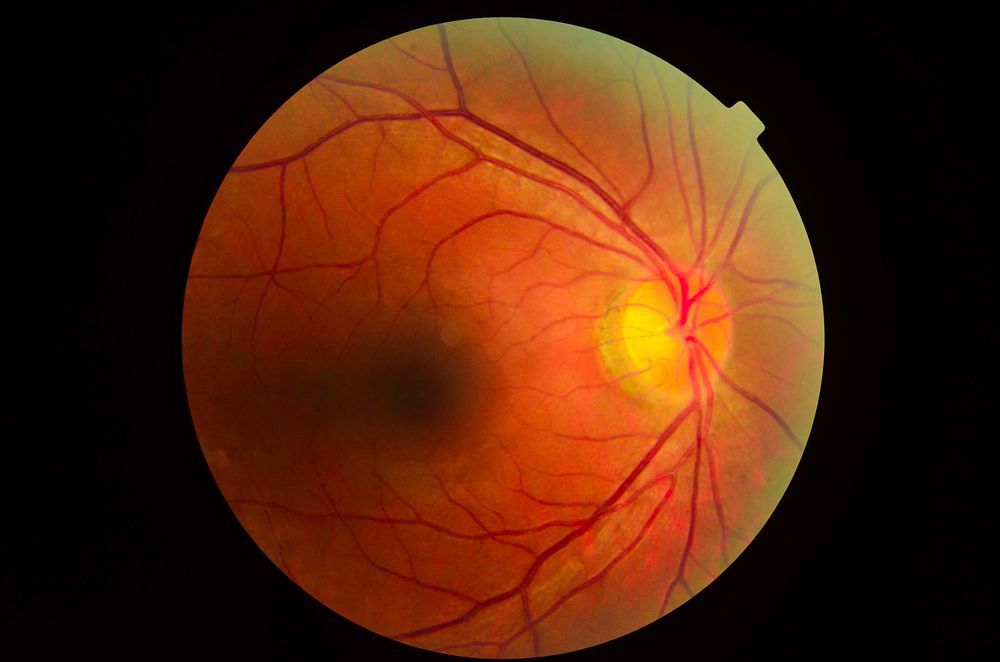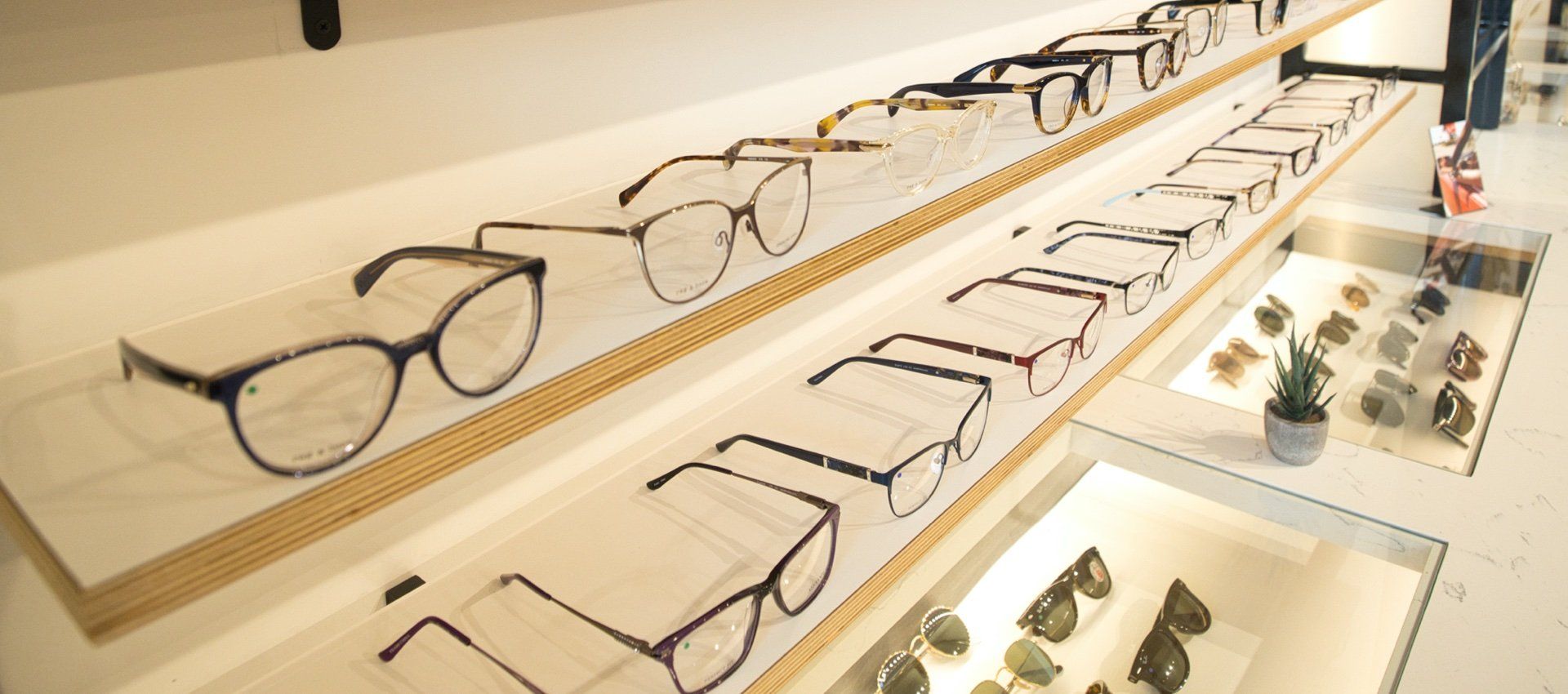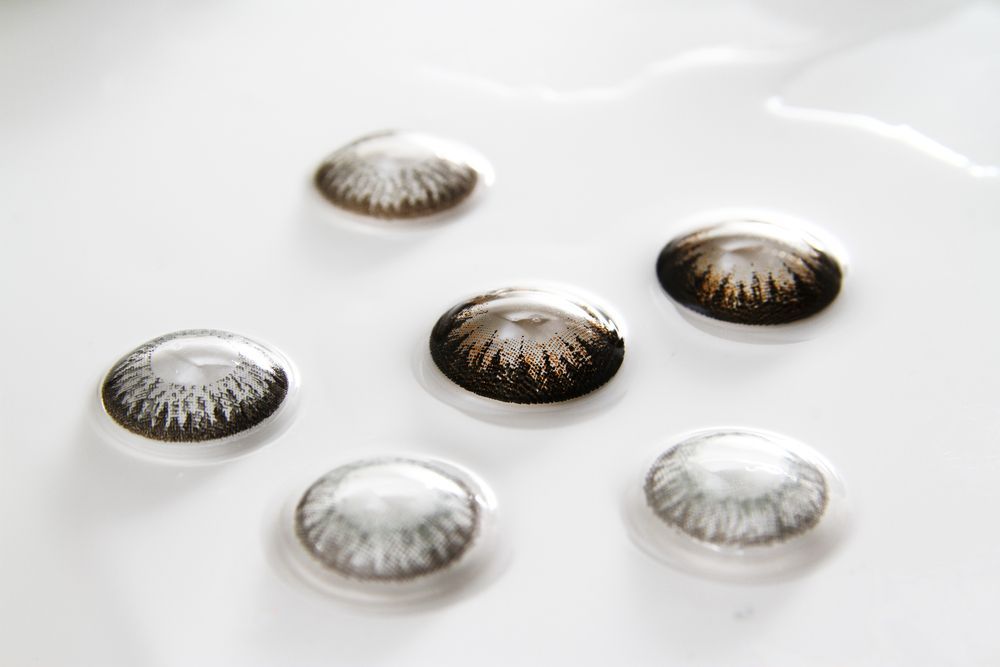If your vision has started to feel a little cloudy or lights seem overly bright and glaring, you might be experiencing the early signs of cataracts. Cataracts are one of the most common vision issues, especially as we age—but the good news is, they’re also highly treatable.
In this post, we’ll walk through what cataracts are, how to spot the symptoms, and what treatment options are available. Whether you're concerned about your vision or helping a loved one, this guide will help you understand when it’s time to see an eye doctor.
What Are Cataracts?
A cataract is the clouding of the eye’s natural lens, which is normally clear. As cataracts develop, they can make your vision blurry, dull, or hazy—almost like looking through a foggy window. Cataracts can form in one or both eyes and tend to develop gradually over time.
Early Signs of Cataracts
Cataracts can sneak up on you. In the early stages, you might not notice much, but as they progress, vision becomes more noticeably impaired. Here are the most common cataract symptoms to watch for:
- Blurry or cloudy vision
- Sensitivity to light and glare (especially at night)
- Trouble seeing in dim lighting
- Colors appearing faded or yellowed
- Frequent changes in your eyeglass or contact lens prescription
- Double vision in one eye
If you’re experiencing any of these signs, it’s a good idea to schedule a comprehensive eye exam. Early detection is key to protecting your vision.
What Causes Cataracts?
While age is the number one cause of cataracts, other factors can increase your risk:
- Long-term UV exposure
- Smoking
- Diabetes
- Past eye injuries or surgeries
- Certain medications like corticosteroids
A family history of cataracts can also play a role.
Can Cataracts Be Prevented?
While there’s no guaranteed way to prevent cataracts, some healthy habits may help delay their development:
- Wear UV-protective sunglasses
- Eat a diet rich in fruits, vegetables, and antioxidants
- Avoid smoking
- Manage health conditions like diabetes
- Keep up with regular eye exams
Early detection helps ensure cataracts are treated before they significantly affect your quality of life.
Cataract Treatment Options
In the early stages, cataracts may be managed with stronger prescription lenses, better lighting, or anti-glare glasses. But once cataracts interfere with your daily activities—like reading, driving, or working—it may be time to consider cataract surgery.
Cataract surgery is one of the most common procedures performed worldwide. During the surgery, your cloudy lens is replaced with a clear artificial lens (called an intraocular lens or IOL). The procedure is typically quick, safe, and done on an outpatient basis, with a short recovery time.
Most patients experience a dramatic improvement in vision within a few days of the procedure.
When to See an Eye Doctor
If your vision has changed recently or you’re experiencing cataract symptoms, don’t wait. Cataracts can be managed effectively—but only if they’re diagnosed. Scheduling an appointment with your eye doctor is the first step toward protecting your sight.
Think you might be developing cataracts? We’re here to help. Our experienced optometrists will evaluate your vision and walk you through your treatment options—no pressure, no jargon, just expert care.
Schedule an appointment today and take the first step toward clearer vision.











